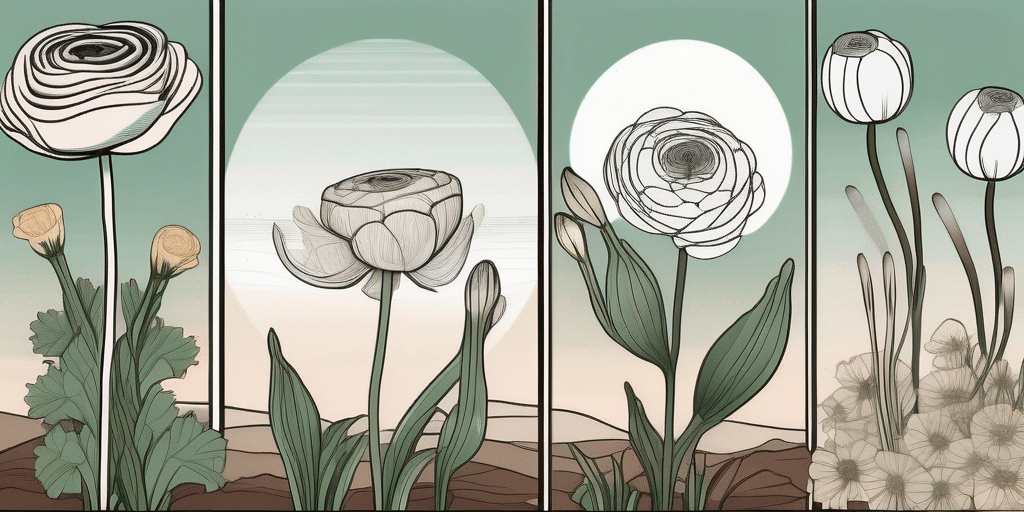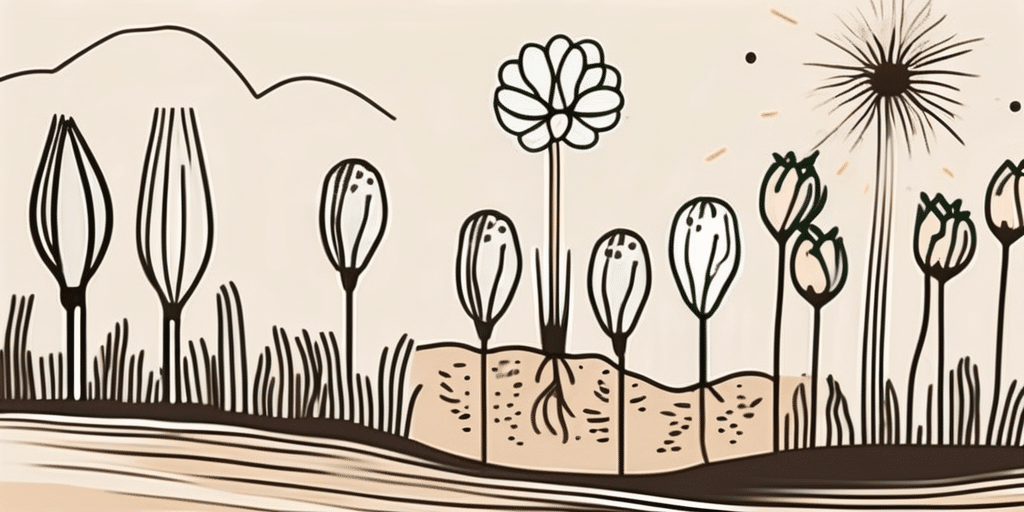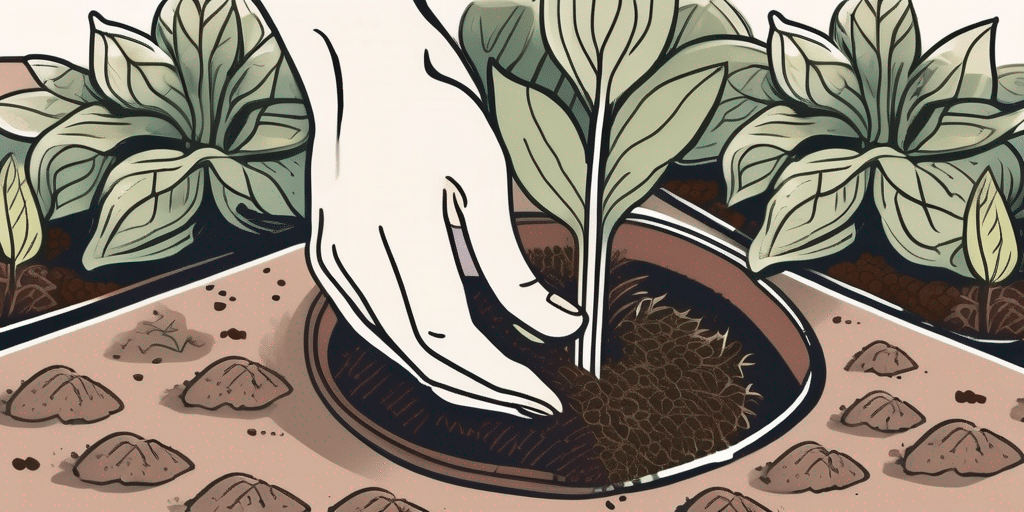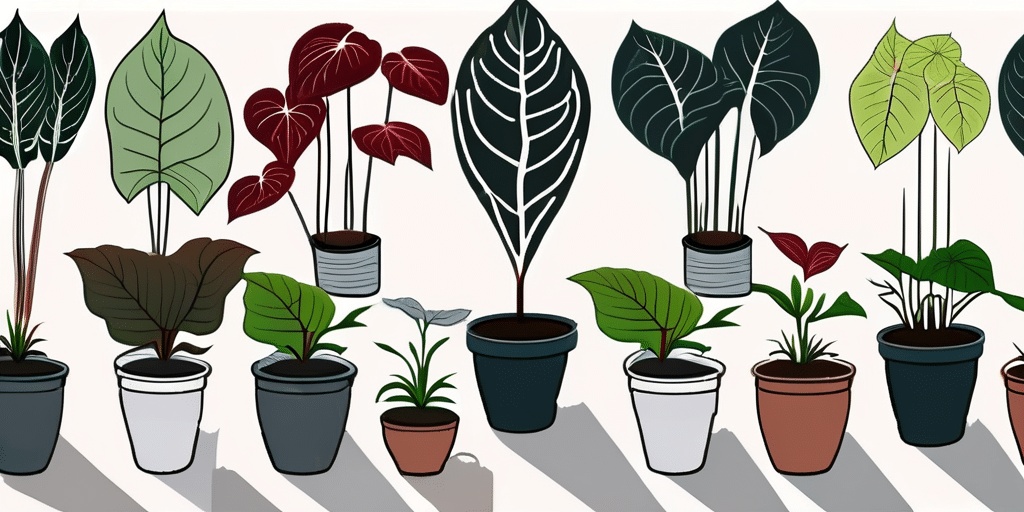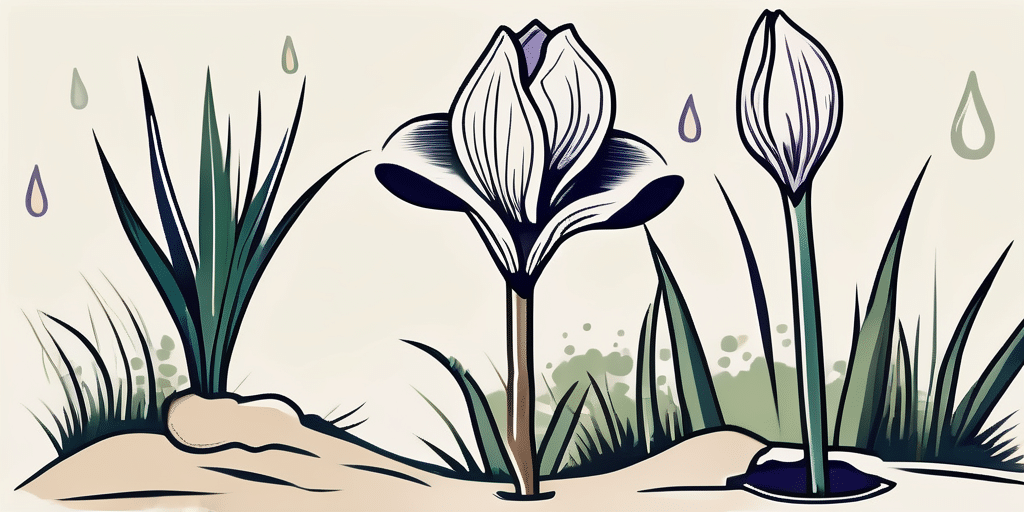Pansies are beautiful and vibrant flowers that can brighten up any garden or outdoor space. Whether you’re a seasoned gardener or a beginner, this ultimate guide will provide you with everything you need to know to successfully grow pansies and create a stunning display of color. From understanding the history of pansies to troubleshooting common problems, let’s dive in and explore the world of pansy gardening.
Understanding Pansies: An Overview
Pansies have a fascinating history that dates back centuries. These delicate flowers were first cultivated in Europe and have since become a popular choice for gardeners around the world. Let’s take a closer look at the history of pansies and explore the different varieties available.
When it comes to the symbolism of pansies, these flowers are often associated with love, admiration, and remembrance. In Victorian times, pansies were used to convey messages in the language of flowers, with each color representing different sentiments. For example, purple pansies symbolized thoughts of a loved one, while yellow pansies represented happiness and joy.
The History of Pansies
Pansies have a rich history that can be traced back to ancient Greece and Rome. In those times, pansies were believed to have healing properties and were used in various medicinal remedies. Over the years, these flowers gained popularity among garden enthusiasts and have become a cherished addition to gardens and landscapes.
As pansies spread throughout Europe, they captured the hearts of many with their charming appearance and resilience. The name “pansy” is derived from the French word “pensée,” which means “thought” or “remembrance,” further emphasizing the flower’s symbolic significance in different cultures.
Different Varieties of Pansies
Pansies come in a wide range of colors and varieties, making it easy to find the perfect ones for your garden. Some popular varieties include ‘Delta,’ ‘Majestic Giant,’ ‘Jolly Joker,’ and ‘Fama Deep Blue.’ Each variety offers its unique characteristics, such as size, color patterns, and bloom time. Consider choosing a mix of different varieties to create a visually stunning and diverse pansy display in your garden.
When selecting pansies for your garden, it’s essential to consider factors such as sunlight exposure, soil quality, and watering needs. Pansies thrive in cool weather and prefer well-draining soil with regular watering to keep them healthy and blooming throughout the season. With proper care and attention, pansies can brighten up any garden with their vibrant colors and delicate petals.
Preparing the Perfect Environment for Pansies
Creating the ideal growing conditions for your pansies is essential for their overall health and longevity. Let’s explore the optimal soil conditions, sunlight, and temperature requirements for pansies.
When it comes to cultivating a flourishing pansy garden, attention to detail is key. Beyond the basics of soil, sunlight, and temperature, factors such as air circulation and spacing can also impact the health of your pansies. Adequate spacing between plants not only allows for proper air circulation, reducing the risk of diseases, but also gives each pansy ample room to spread its roots and grow vigorously.
Ideal Soil Conditions for Pansies
Pansies thrive in well-draining soil that is rich in organic matter. Amend your garden soil with compost or well-rotted manure to improve its fertility and moisture retention capabilities. Aim for a slightly acidic to neutral pH level, ideally between 6.0 and 7.5. Conduct a soil test to determine the pH level and adjust it accordingly if needed.
Furthermore, incorporating a layer of mulch around your pansies can help regulate soil temperature, retain moisture, and suppress weed growth. Organic mulches like shredded leaves or straw not only provide these benefits but also break down over time, enriching the soil with essential nutrients.
Optimal Sunlight and Temperature for Pansies
Pansies prefer cool weather and thrive in areas with full or partial sun exposure. Aim to provide them with at least 4 to 6 hours of direct sunlight each day. In hotter regions, pansies may benefit from some afternoon shade to prevent wilting.
When it comes to temperature, pansies are surprisingly hardy. They can withstand temperatures as low as 10°F (-12°C) but prefer cooler temperatures between 55°F (13°C) and 70°F (21°C). If you live in a region with harsh winters, consider planting pansies in containers that can be moved indoors during extreme cold spells.
Remember, a well-tended pansy garden not only adds beauty to your outdoor space but also attracts beneficial pollinators like bees and butterflies. By providing the perfect environment for your pansies to thrive, you are creating a vibrant ecosystem that benefits both your garden and the environment as a whole.
Planting Pansies: A Step-by-Step Guide
Now that you have a good understanding of pansies and have prepared the perfect growing environment, it’s time to plant them in your garden. Let’s go through the step-by-step process of planting pansies and ensuring they establish well.
Before you start planting your pansies, it’s essential to consider the color scheme and design of your garden. Pansies come in a wide range of colors, from vibrant purples and yellows to soft pastels. Think about how you want to arrange your pansies to create visual interest and harmony in your garden beds or containers. Mixing different colors can add depth and dimension to your garden, while planting single colors in clusters can create a bold statement.
When to Plant Pansies
The ideal time to plant pansies depends on your location and local climate. In most regions, pansies are planted in early spring or fall. Avoid planting pansies during the extreme heat of summer, as this can cause stress on the plants and hinder their growth and flowering. Consult your local agricultural extension or gardening center for guidance on the best planting times for your specific area.
Additionally, consider the sunlight requirements of pansies when choosing the planting location. Pansies thrive in full or partial sun, so select a spot in your garden that receives at least 4-6 hours of sunlight per day for optimal growth and blooming.
How to Plant Pansies
- Prepare the planting area by removing any weeds or debris and loosening the soil with a garden fork or tiller. Work in compost or organic matter to improve soil fertility.
- Space the pansy plants according to the recommended spacing indicated on the plant tags or seed packet.
- Dig a hole slightly larger than the root ball of the pansy plant.
- Place the plant in the hole, ensuring that the top of the root ball is level with the soil surface.
- Backfill the hole with soil, gently firming it around the roots to eliminate air pockets.
- Water thoroughly after planting to settle the soil and provide moisture to the roots.
After planting your pansies, consider adding a layer of mulch around the base of the plants to help retain moisture, suppress weeds, and maintain a consistent soil temperature. Mulching also adds a decorative touch to your garden beds. Remember to water your pansies regularly, especially during dry periods, to keep the soil evenly moist and promote healthy growth.
Essential Care for Pansies
Now that your pansies are planted and beginning to grow, it’s important to provide them with proper care to ensure their health and vitality. Let’s explore how to water and fertilize your pansies effectively.
Watering Your Pansies
Pansies require consistent moisture to thrive, but overwatering can lead to root rot and other fungal diseases. Water your pansies deeply whenever the top inch of soil feels dry. Provide enough water to thoroughly saturate the root zone, but allow the soil to dry slightly between waterings to prevent waterlogged conditions. Using a layer of organic mulch around the plants can help conserve moisture and regulate soil temperature.
Fertilizing Your Pansies
Regular fertilization is crucial for promoting healthy growth and abundant blooming in pansies. Apply a balanced slow-release fertilizer following the manufacturer’s instructions. Alternatively, you can use a liquid fertilizer diluted to half strength every 2-3 weeks during the growing season. Avoid overfertilizing, as this can lead to excessive foliage growth at the expense of flowers.
Troubleshooting Common Pansy Problems
While pansies are generally hardy and resistant to pests and diseases, they can sometimes face challenges. Let’s explore some common problems you may encounter when growing pansies and how to deal with them effectively.
Identifying and Treating Pansy Diseases
Pansies can occasionally fall victim to diseases such as powdery mildew, root rot, and crown rot. Regularly inspect your plants for any signs of disease, including yellowing or wilting leaves, discolored spots, or powdery growth on foliage. If you suspect a disease, promptly remove and discard affected plant parts to prevent further spread. Consider using disease-resistant varieties and providing adequate spacing between plants to promote good airflow and reduce the risk of fungal infections.
Dealing with Pests in Pansies
Pansies are generally less prone to pest infestations, but they can still attract aphids, slugs, and snails. Monitor your plants regularly and take action at the first sign of pest activity. Use organic pest control methods, such as hand-picking pests, applying insecticidal soap, or using natural predators like ladybugs to control aphid populations. Additionally, creating a barrier with crushed eggshells or diatomaceous earth can deter slugs and snails from feasting on your pansies.
By following the tips and guidelines outlined in this ultimate guide, you’ll be well-equipped to successfully grow and enjoy the beauty of pansies in your garden. Remember, gardening is a journey, so don’t be afraid to experiment and learn from your experiences. Happy pansy gardening!
Join Our Gardening Community
Ready to take your pansy gardening to the next level? Subscribe for free to How to Grow Everything and learn how to build the garden of your dreams! Receive personalized gardening advice tailored to your location, grow zone, and experience level. Enjoy the best gardening tips, special offers, and deals delivered straight to your inbox—100% free, from our family to yours. Become part of a community dedicated to helping you grow everything, pansies included!
